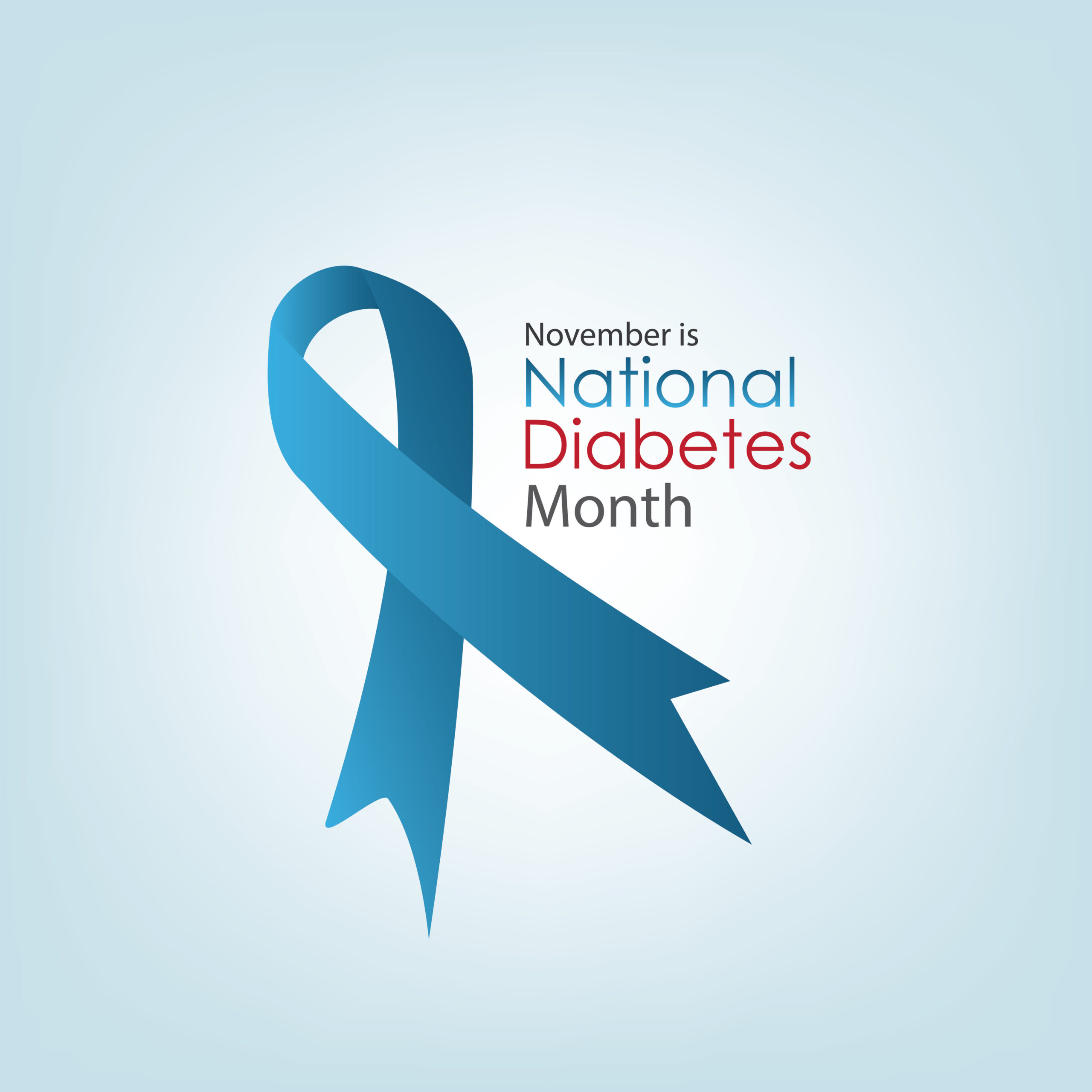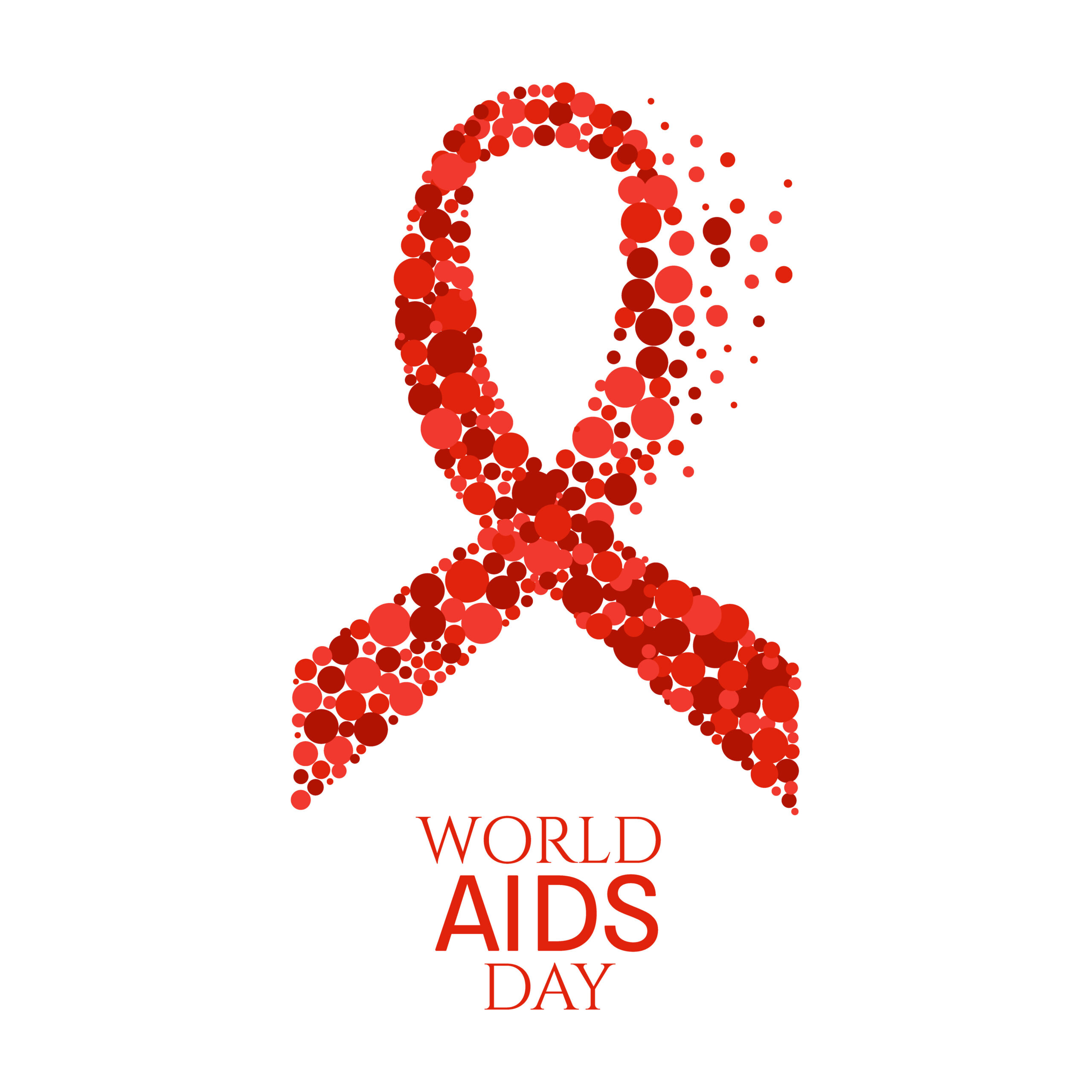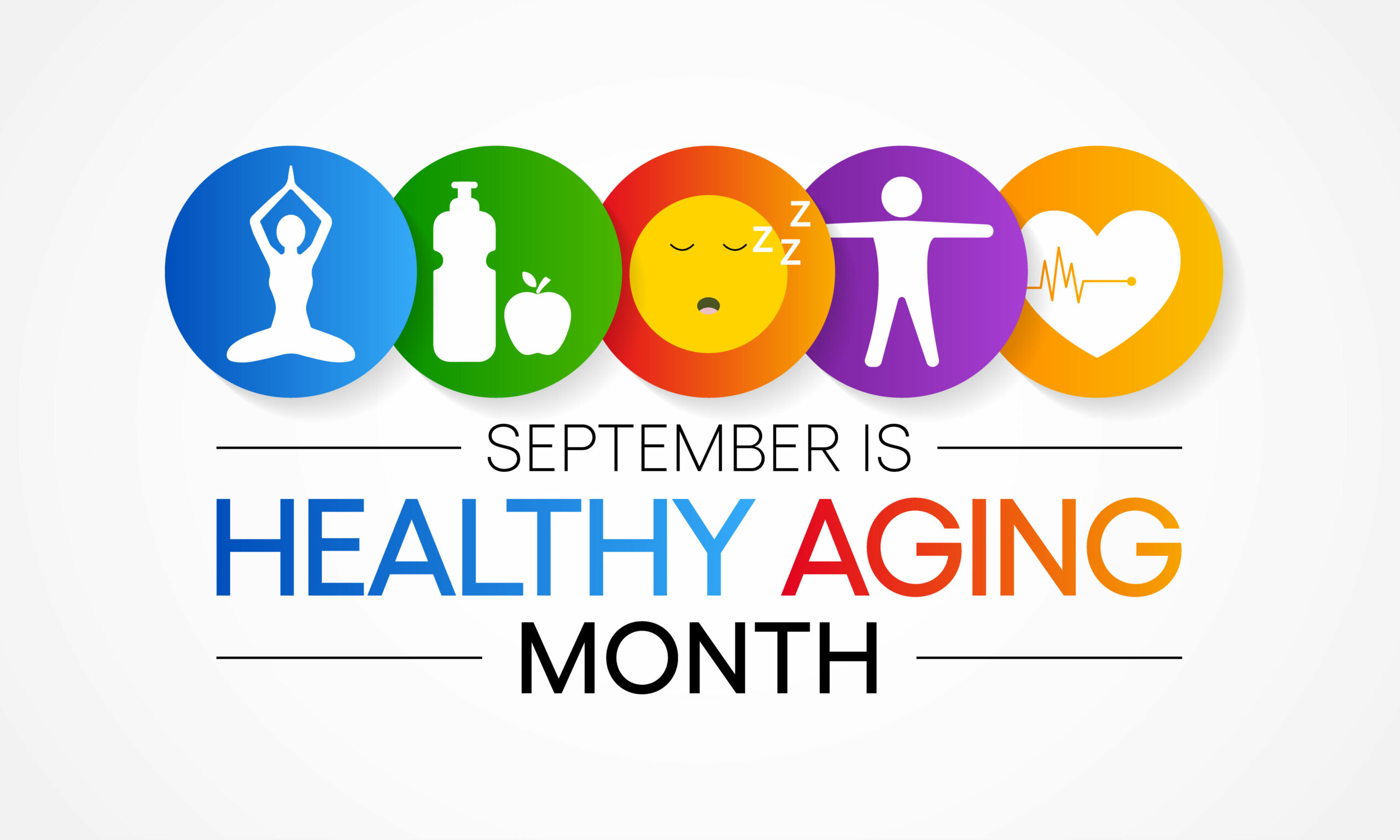
November is recognized as National Diabetes Month, an important time to raise awareness and education to promote prevention and proper treatment. According to the Centers for Disease Control and Prevention (CDC’s) 2022 statistics report, over 10 percent of Americans live with diabetes, totaling over 37 million people. Sadly, roughly 23 percent of these individuals, or 8.5 million people are undiagnosed.
A growing number of adults – 38 percent of the U.S. population over the age of 18 – are considered prediabetic, as well. This statistic rises to a shocking 48.8 percent of adults over the age of 65.
Diabetes is currently the seventh leading cause of death in the U.S. and the disease impacts all of us – whether personally, or within our families, friends, or patients of all backgrounds and demographics. While prevention is key, managing diabetes can help reduce the chance of other health complications, but no cure exists for the disease.
Disease Details
Diabetes is diagnosed when the blood glucose is too high. The pancreas produces insulin, which helps the glucose, or blood sugar, absorb into cells and create energy for the body. If the body doesn’t have enough insulin, or insulin that is used properly, an excess of glucose can remain in the blood rather than successfully reaching and fueling the cells.
Common diabetes types include:
- Type 1: often diagnosed in children and young adults whose bodies do not produce insulin
- Type 2: this can be developed at any age, but occurs most often in middle-aged to older adults whose bodies do not regulate or use insulin effectively
- Gestational diabetes: this develops in pregnant women, and can go away after the baby is born or lead to type 2.
Type 2 accounts for 90 to 95 percent of diagnosed diabetes cases, and risk factors include smoking, obesity, physical inactivity, high blood pressure, and high cholesterol. Healthy lifestyle choices including eating a proper diet, taking medications as prescribed, and making and keeping medical appointments may help prevent type 2. Prevention is key, as the disease can cause serious health problems such as heart disease and kidney disease, and it’s the leading cause of lower limb amputations and adult blindness.
Diabetes Disparities
While diabetes knows no boundaries, the prevention and treatment of the disease can vary from person to person due to many factors. Social determinants of health, or work and living conditions, can impact overall health outcomes and disparities.
“Across the United States, some racial and ethnic minority groups and groups with lower socioeconomic status have historically had higher rates of illness and death from diabetes than White people, and this gap has not substantially narrowed,” shared the CDC. They provide diabetes prevalence statistics by race, ethnicity, level of education and income.
Imagine an elderly man who has type 2 diabetes, but his disease went undetected for a decade. He did not have access to routine care, but now he is having more complications and needs several toes amputated, so he visited the emergency room. He cannot afford the surgery, nor can he afford the insulin he will need to take to manage his blood sugar on a daily basis. What are his options?
Sadly, this situation is far too common. “The inability to afford vital treatment not only deprives people of a healthy existence but also of their dignity. This is especially true for people of color, who have higher rates of diabetes.” shares the Proclamation on National Diabetes Month.
Equality Healthcare Consulting Group honors the strength of those living with this disease and the medical professionals who provide support. Understanding disparities is an important step to providing supportive, inclusive care so patients can prevent – or effectively manage – this disease. To help prepare culturally competent practitioners, we provide training for healthcare professionals at organizational-wide and personal levels. Much like the CDC’s Division of Diabetes Translation (DDT’s) mission, we aspire to help remove barriers and foster environments where all patients can reach their highest level of health.
Sources
Centers for Disease Control and Prevention (2020, Apr. 6). Advancing Health Equity. Retrieved from https://www.cdc.gov/diabetes/health-equity/index.html
Centers for Disease Control and Prevention. (2022, Sept. 30). Diabetes Fast Facts. Retrieved from https://www.cdc.gov/diabetes/basics/quick-facts.html
Centers for Disease Control and Prevention. (2022, Jan. 18). National Diabetes Statistics Report website. Retrieved from https://www.cdc.gov/diabetes/data/statistics-report/index.html
Centers for Disease Control and Prevention. (2022, Sept. 30). Risk Factors for Diabetes-Related Complications. Retrieved from https://www.cdc.gov/diabetes/data/statistics-report/risks-complications.html
Centers for Disease Control and Prevention. (2022, July 7). What is Diabetes? Retrieved from https://www.cdc.gov/diabetes/basics/diabetes.html
National Institute of Diabetes and Digestive and Kidney Diseases. (2016, Dec.) What is Diabetes? Retrieved from https://www.niddk.nih.gov/health-information/diabetes/overview/what-is-diabetes
The White House. (2022, Oct. 31) A Proclamation on National Diabetes Month, 2022. Retrieved from https://www.whitehouse.gov/briefing-room/presidential-actions/2022/10/31/a-proclamation-on-national-diabetes-month-2022/



